Note: I drafted the following post quite some time ago. In the months after returning from the trip to be described momentarily, I fell very ill. Shortly after that, I was diagnosed with tuberculosis, and completed treatment mid-2019. In the intervening time, a lot of things fell by the wayside, including blogging. I may write about my TB experience later, but for now I give it as an explanation as to why this post is a bit late.
In the fall of 2017, I went on a personal three-month trek around the African continent, traveling south along the eastern spine, starting in North Africa and terminating in Cape Town. Covering such an expansive swathe of land in such a short time period proved overly ambitious despite my best efforts. The original intention was to do the whole trip overland—no conventional commercial flights allowed. This proved naive in the face of inevitable logistic issues and the fact that three months is not nearly enough for such an ambitious trip. Much was left unseen. I intend to go back.
The trip still had its highlights. Of the seven countries I visitedIn order of visited: Morocco, Egypt, Ethiopia, Kenya, Tanzania, Zambia, and South Africa., I enjoyed Ethiopia by far, spending a disproportionate three weeks there, struggling—and succeeding—to complete a northern circuit of the country that began in the capital, Addis Ababa. (Whether my satisfaction was more influenced simply by time spent there versus some other factor is hard to tell.) Due to unexpected kinks in my plan, my first stop was in Mek'ele, a city 14 hours north by bus from the capital, and the de facto gateway to the Danakil Depression.
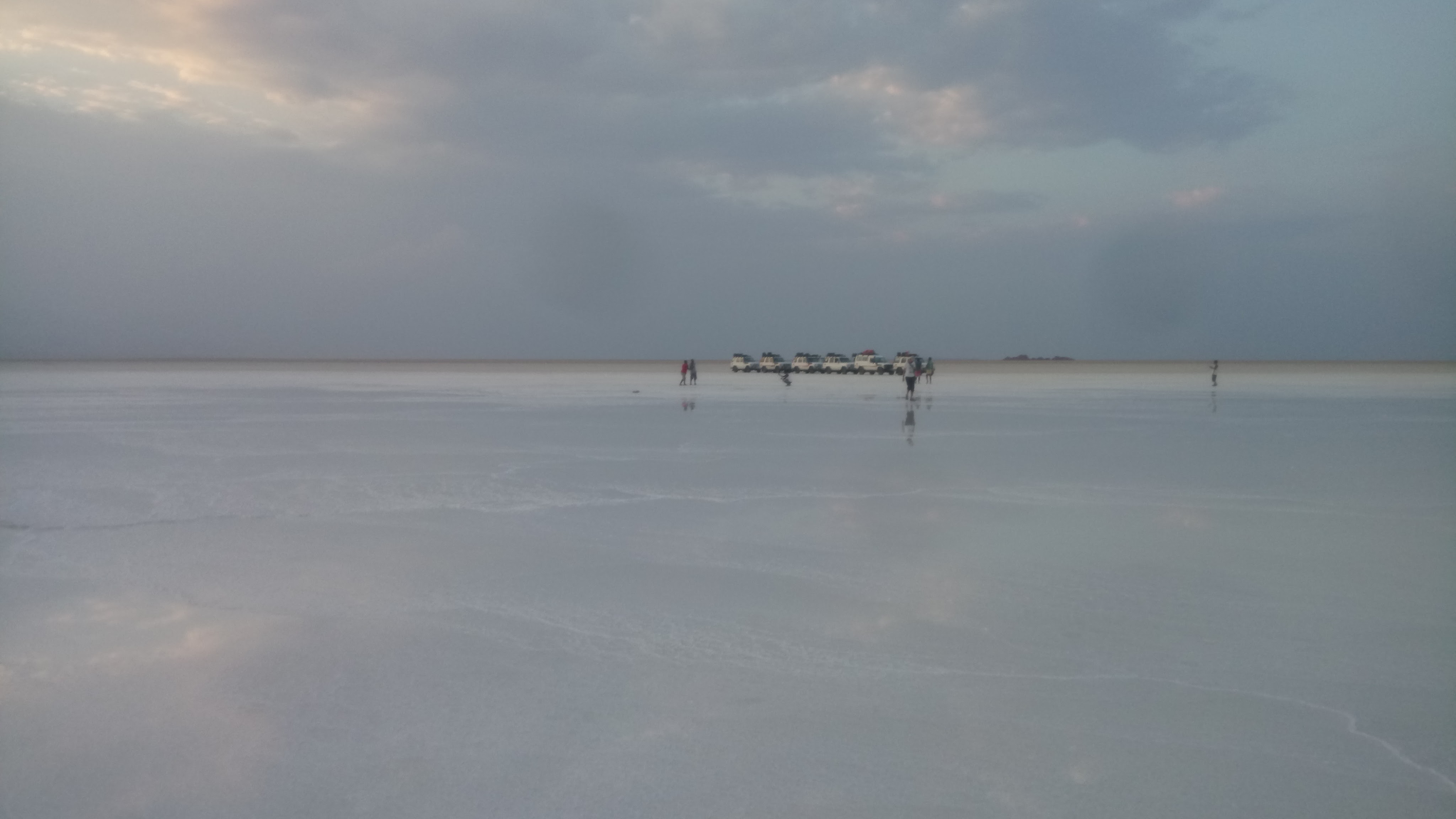
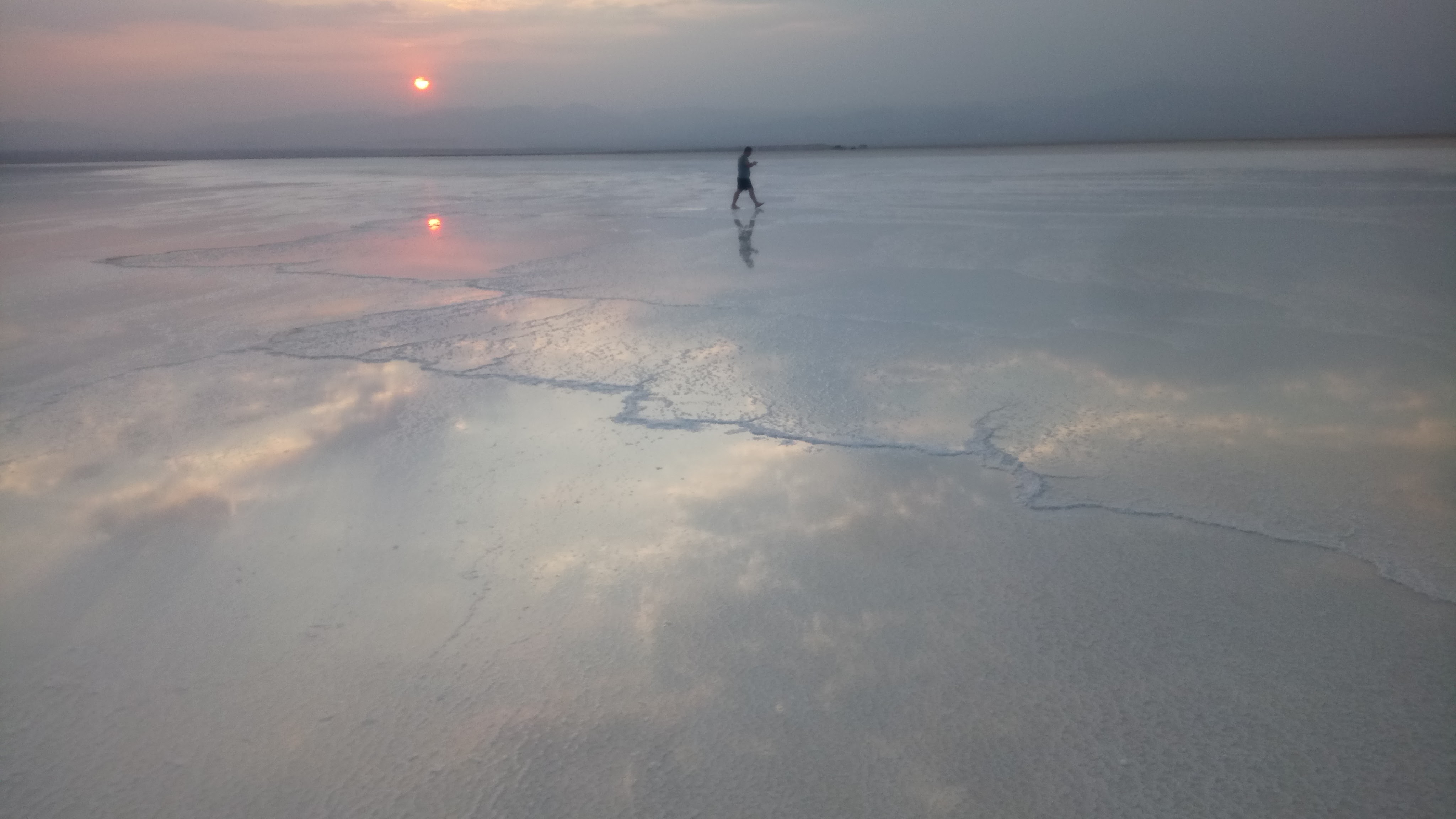
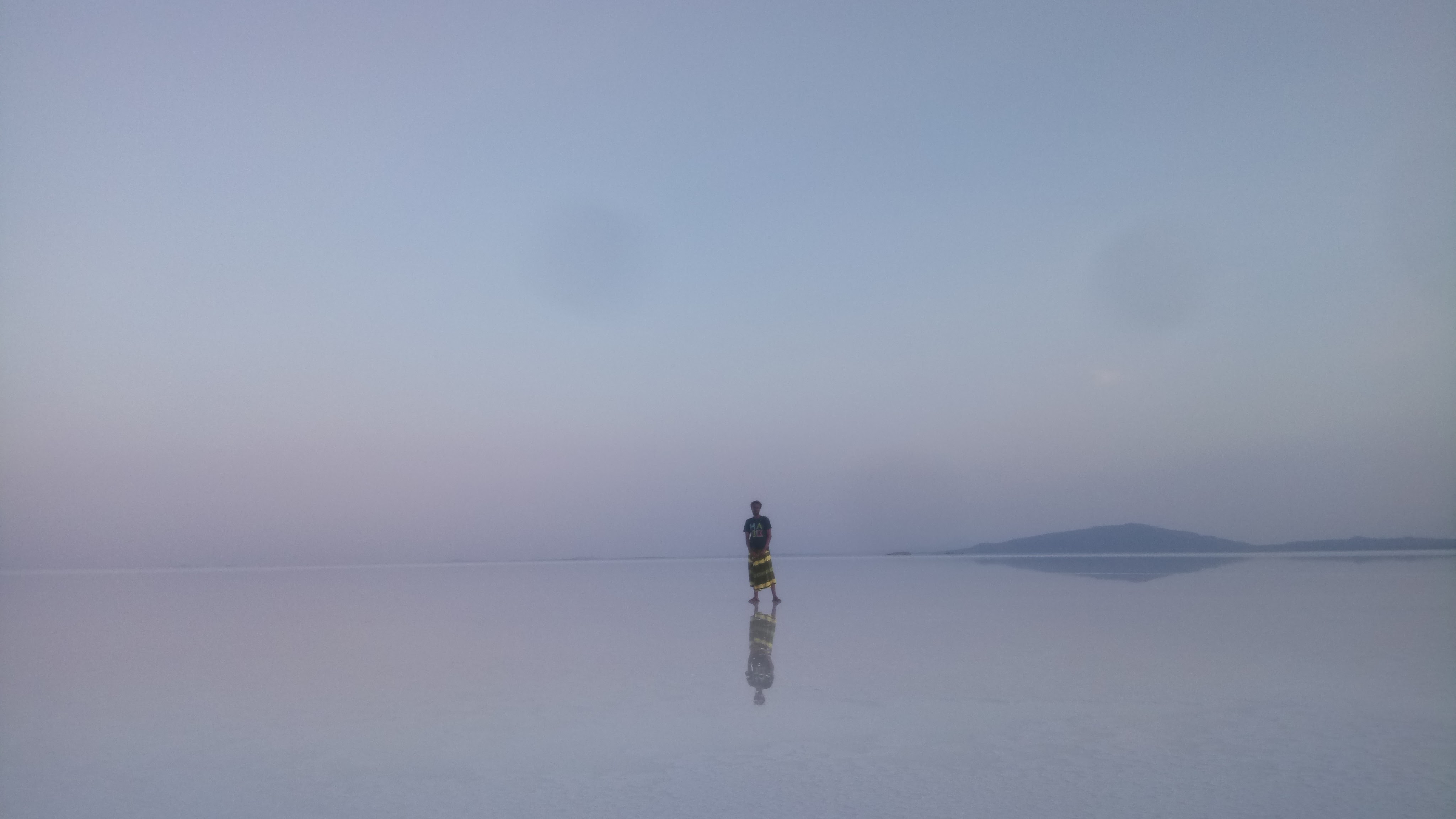
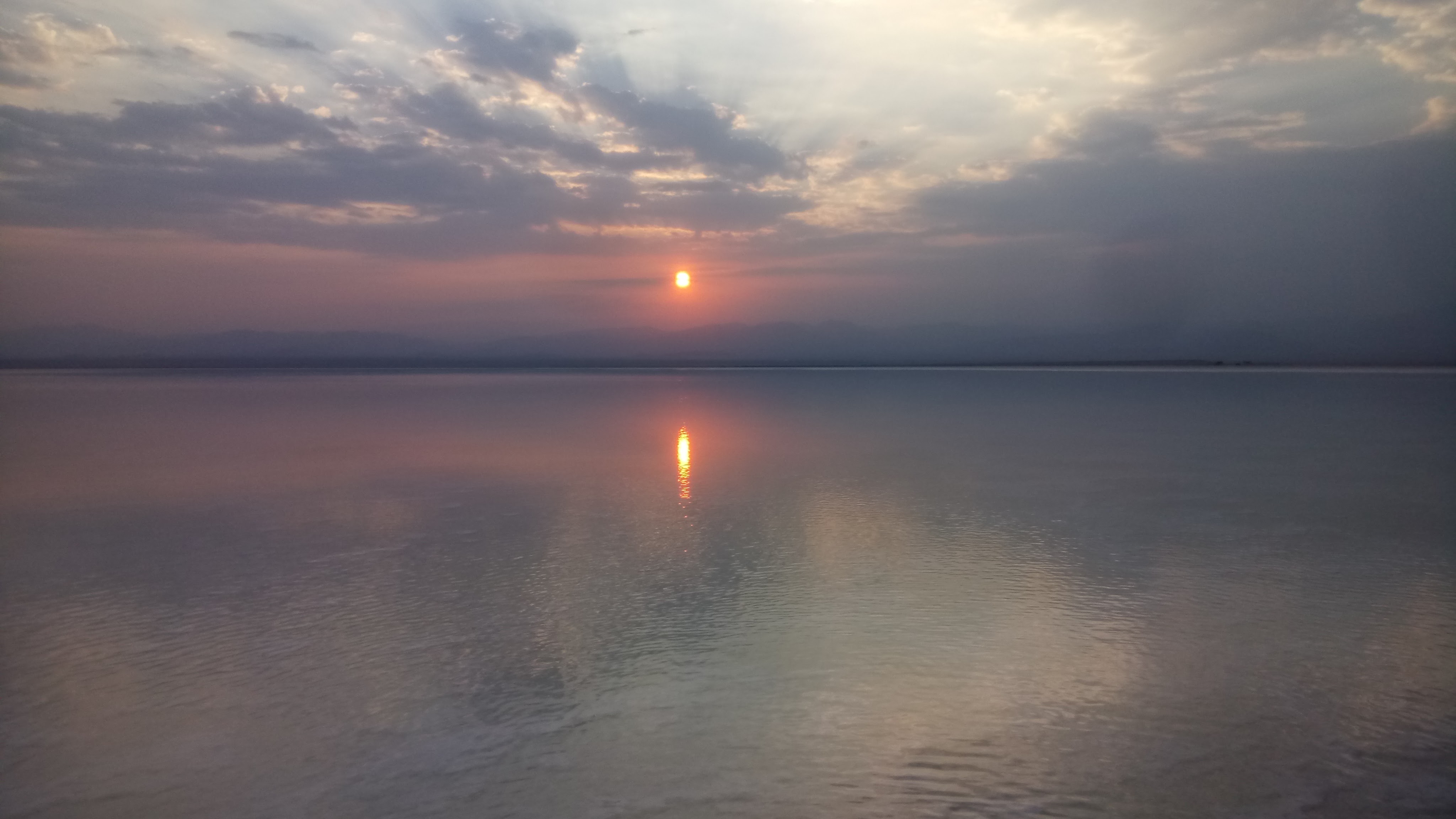

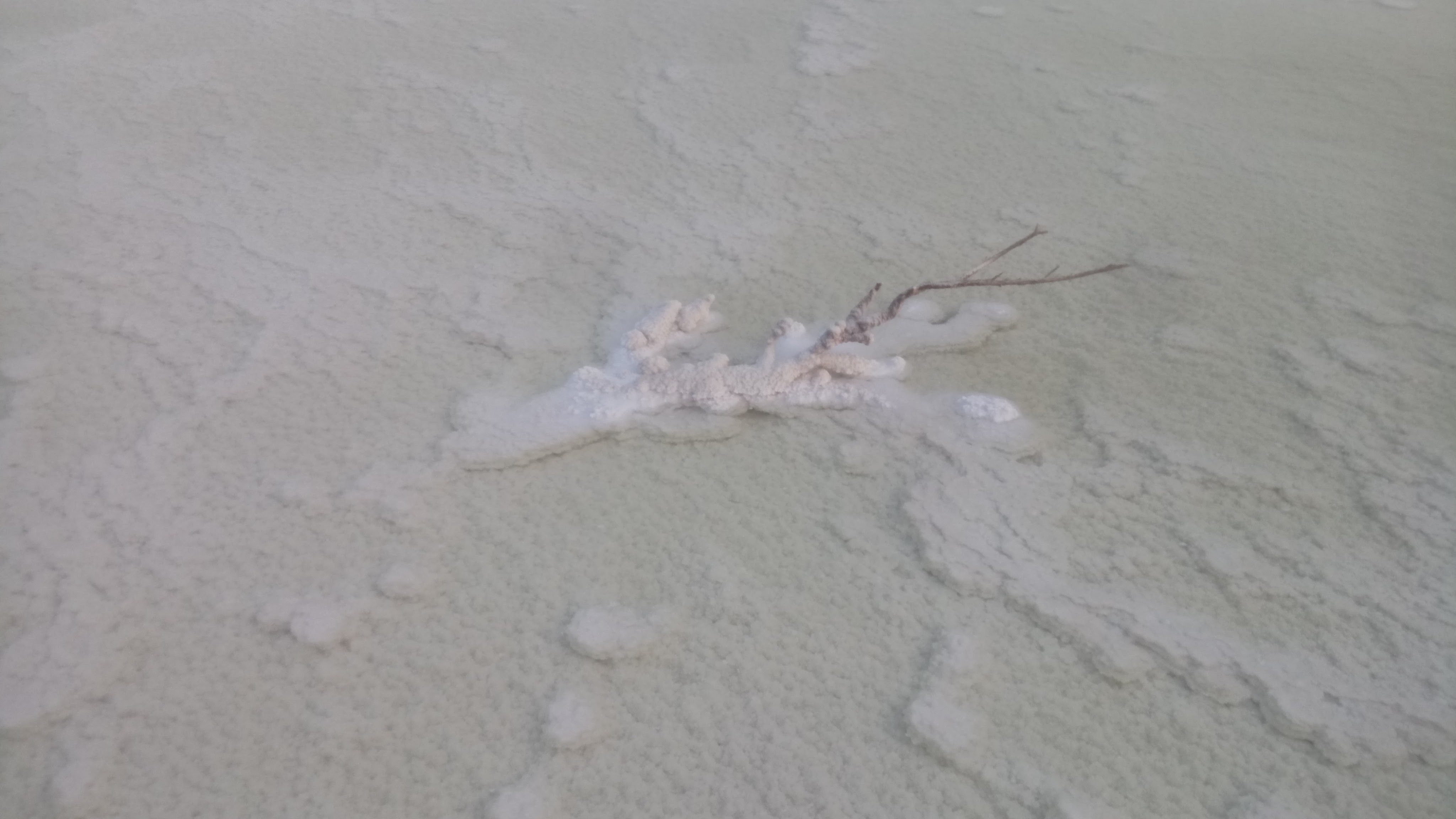
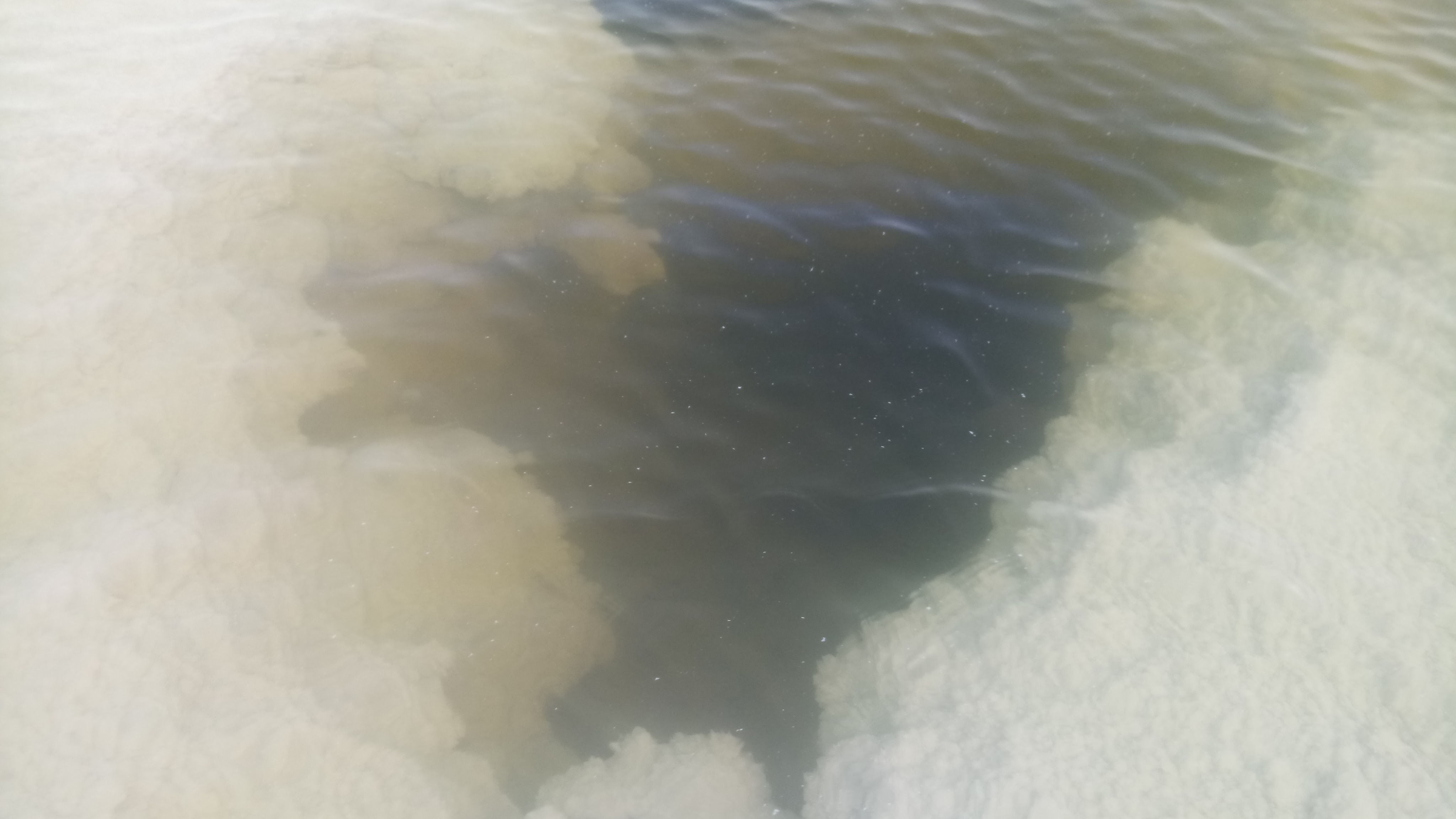
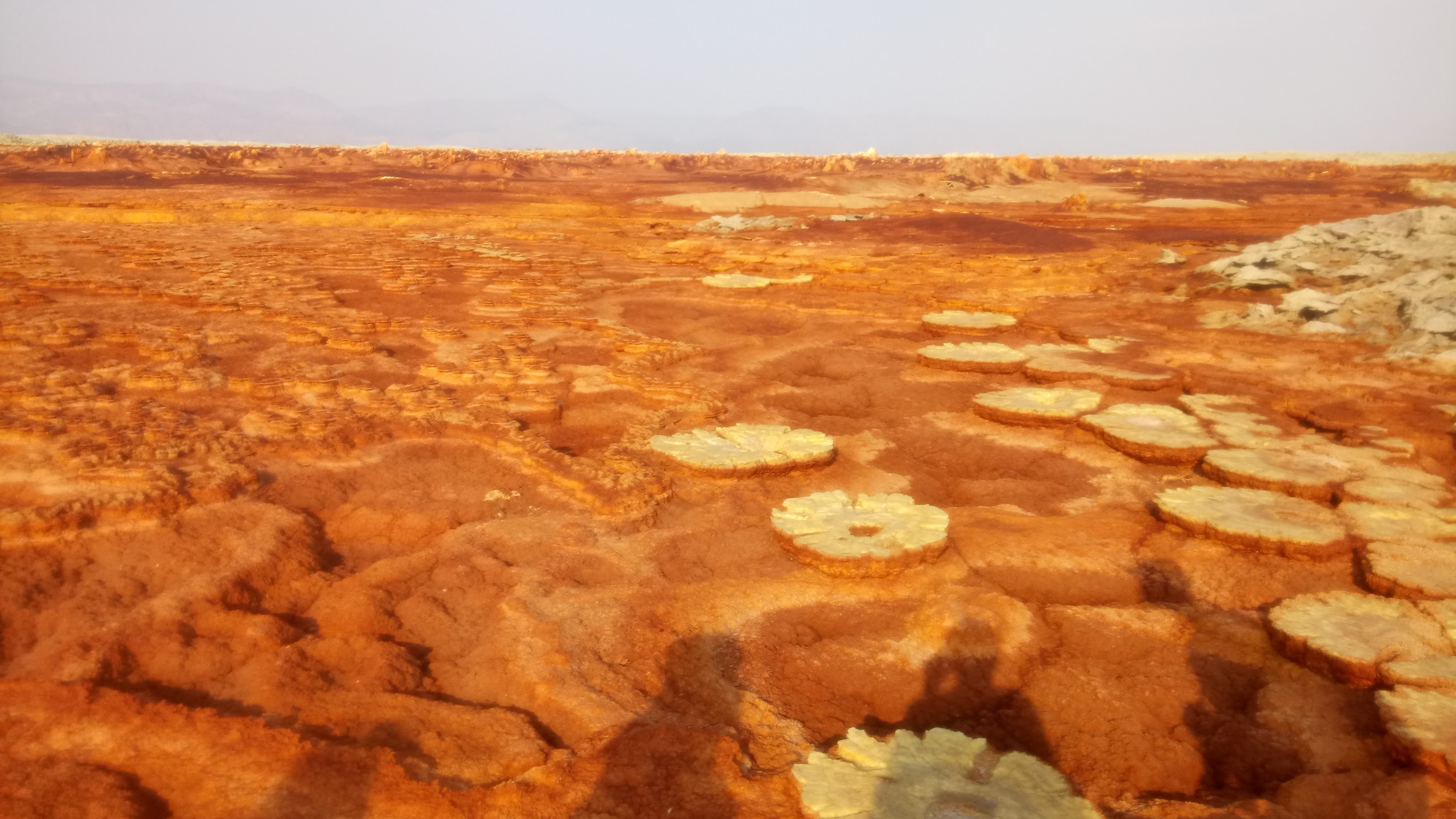

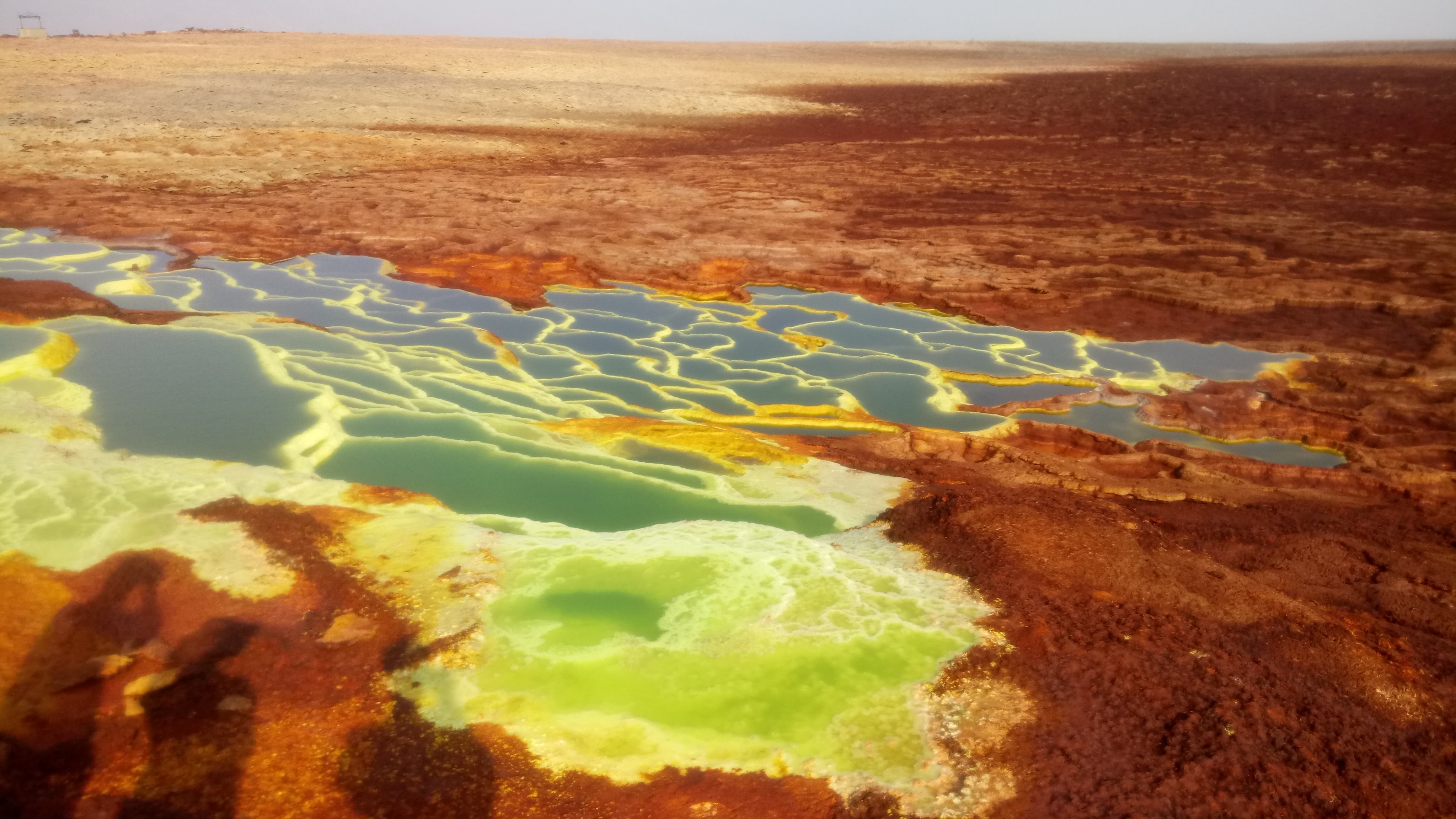


The Danakil Depression (henceforth referred to as just Danakil) is an amazingly brutal environment. It is also exceedingly beautiful. Danakil is the hottest place in the world in terms of average annual temperatures. When I was there temps would often climb past 40°C, and easily hit 50°C in the summertime. Rain is rare; everyone—tour guests and operators—would regularly go through several 1-liter water bottles on the especially hot days. Once part of an ancient ocean, Danakil is now a largely flat yet vast plain of salt deposits. Nearby, there are sulfur springs where a rancid rotten egg smell cannot but help invade your senses; these spots look as if an astronaut surveying Mars was concurrently under the influence of LSD. There is also an ever-shrinking, inches-deep lake that, as I experienced once at dusk time, mirrors everything perfectly on its rippleless surface. But the fact that grabs my attention is this: the place is inhabited by people and the caravans of camels and donkeys brought with them. A population of Afar people—the encompassing region is, unsurprisingly, called the Afar region—live in Danakil.
My interactions with the Afar were noticeably different from their interactions with the other tourists. At one point in this journey, we stayed in a small Afar village that also doubled as a military outpost. We were generally advised not to interact with the villagers lest we interfere with their activities, so for the most part the Afar ignored us except when to tell some of the photographers among us to put away their cameras. As for me, there were a few times when a few Afar men would approach me, followed often by suspicious mutual stares and vain attempts at dialogue. The reason for this was that I was Somali, making them and I very close ethnically. Except for the language and canonical geographic regions that our respective peoples inhabited, we were culturally the same—we ate, dressed, worshiped, and lived in similar if not identical ways. I happened to be wearing my macawiis (a patterned sarong commonly worn by Somali men). They were wearing the same thing, which I imagine only added more mystery about who was this stranger among them. One among them knew Somali, so we managed to communicate a bit, so that mystery was solved for them.
The local guide enumerated why the Afar trek into Danakil. As I learned, the reasons are primarily economic. One way to think of Danakil is an infinite salt mine. Even the lake is harvested for the white gold; salt water is slurped into a very long, elevated pipe that transports it to a processing facilityThe guide said the facilities were foreign-owned, but I could not find any info on that beyond his testimony. set back from the lake. When the lake shore recedes, the straw-like contraption is extended to meet the lake once again. Then there are the Afar, who extract blocks of salt from dry ground to be transported back to Mek'ele and elsewhere. The guide described their compensation. For approximately 7 hours of work per day, each person would make around 500 birr. At the time, this amounted to a little over $18 daily. The guide did not mention where the compensation is paid out or by whom, but did say that virtually all salt used in Ethiopia is sourced here.
While all the miners are AfarNot strictly true—members of the Tigrinya ethnic group, who largely inhabit the region to the west of Danakil, also increasingly take part in mining activities., the reverse is not true. The Afar build livelihoods on several fronts. The poorest among them would usually be engaged in the direct manual labor of extracting the salt, a self-employed role. Better off Afars rely on livestock as a source of income, a business that in part involves renting out camels and donkeys to the salt miners. Others yet find work as merchants and traders of salt (and other goods) at small economic hubs in and around the area. Finally, some would be employed as soldiers stationed at certain military outputs, or as guards for tour groups.
It's hard to find a mineral more central to human history than saltFun fact: If a town in the UK ends in wich, there is a good chance it was a center for salt mining or processing.. It's a fortunate economic fact that salt is ubiquitous and cheap in the world today—it wasn't always that way. I'm glad I was able to witness and understand the mechanism that enables that reality (at least for Ethiopia), especially as it relates to work conditions earlier and earlier in the supply chain.
For those living in information economies, we are many steps removed from how not just salt but all raw materials make up the foundation of our livelihoods. When the flow of these materials is made less opaque, it increasingly seems like a category error when we confer the phrase modern economy to certain societies. It's worth thinking about the latent judgments on productivity, skill, and value that may follow from such an erroneous designation. And, crucially, how those judgments manifest in the relationship between countries, companies, and the unseen laborer.